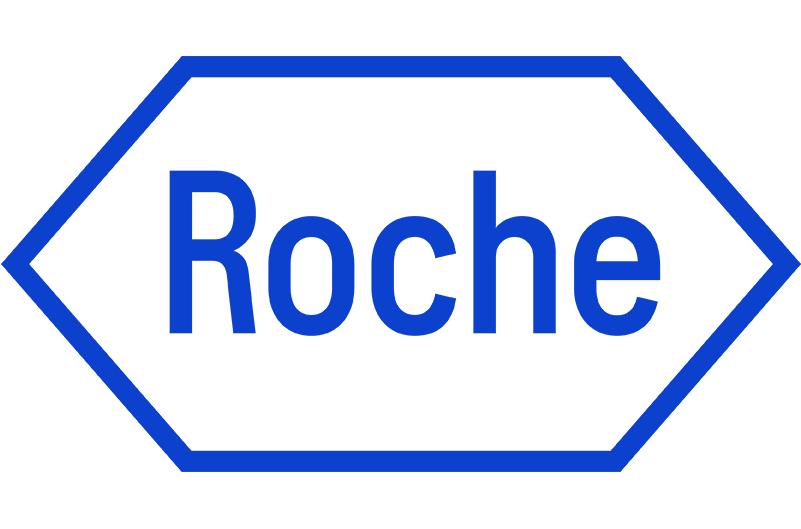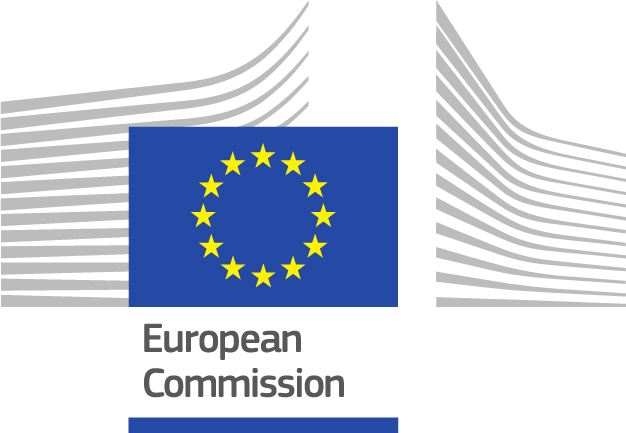Platforms
Easily customisable, rapidly deployable, and AI-ready – for the futureproof business.



Easily customisable, rapidly deployable, and AI-ready – for the futureproof business.
Explore more cases here
Explore more cases here
Meet more of our employees here
Meet more of our employees here
Explore more stories here
Explore more stories here

See locations